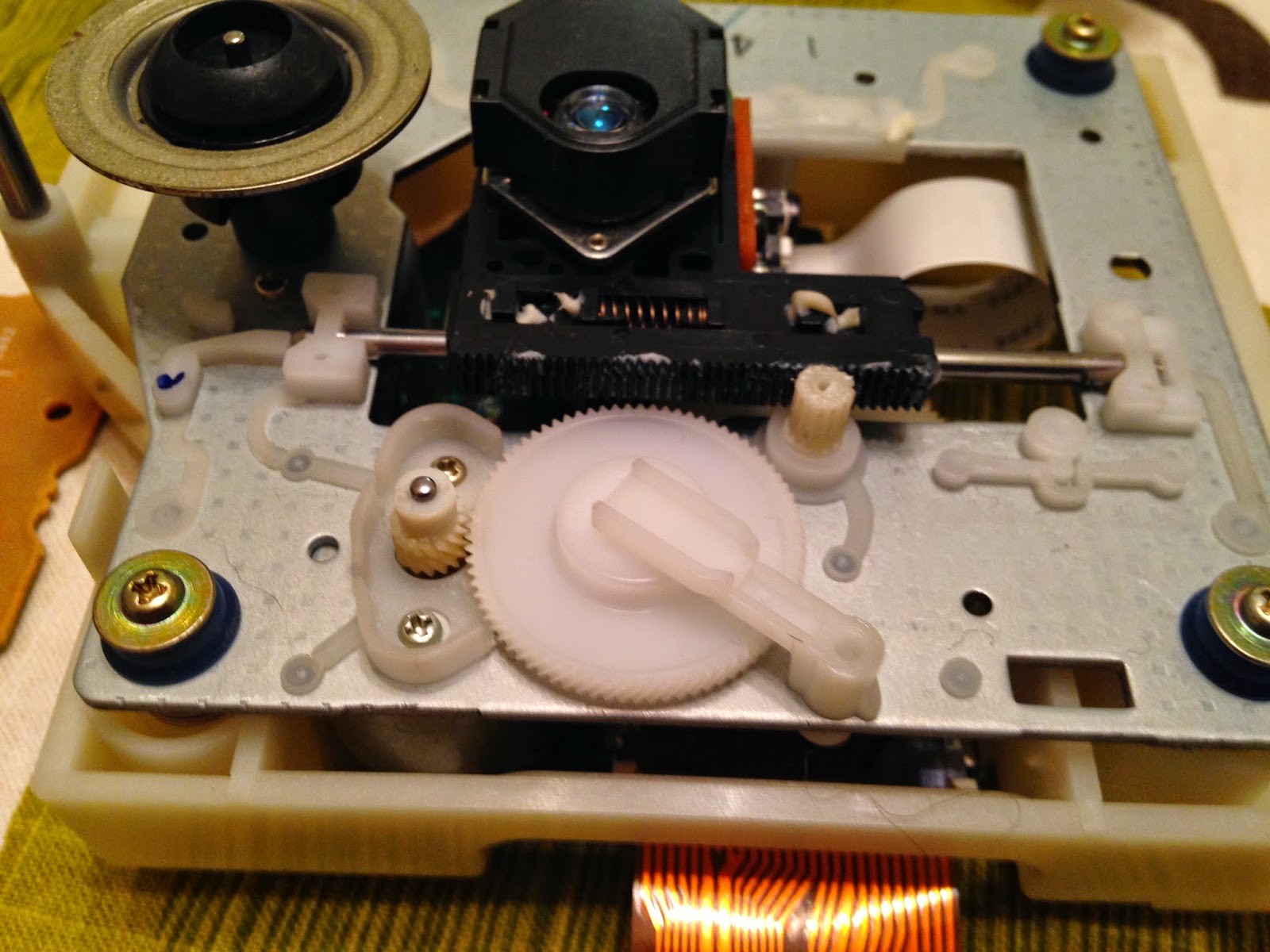While this project could have been lasercut and 3D printed, the consensus here at Snooter Magruder is that we would "do it live." This decision was made in the interest of time management and the nature of the materials used. All of the fabrication was performed with powertools and hand tools. No raw construction material was purchased for the sole purpose of constructing the most awesome robot ever. The arm is made of Kydex, a thermoplastic used for sheaths and holsters. The joints are the centers of DVD cases. The claw is made of plastic spoons that were heated and melted to shape. The housing unit is an electrical junction box from Lowe's. The foam inside the junction box that cushions the circuit boards was taken from a flashlight gift display packaging. The chassis is part of an erector set that was built specifically for the chassis gearboxes, which themselves were ripped form an RC toy car. The color sensor housing is a film canister and a Keurig K-cup. The basic design (and many liberties were taken) was from the blog of jjshortcut, where the SolidWorks files can be found.
It certainly was not built in a day.
















